Rome is the city with the most green spaces in Europe and one of the first in the world
Rome is the city with the most hectares of greenery in Europe, an important record due in large part to the choices of many of its popes. Villa Doria Pamphili, the largest in Rome, Villa Ada, Villa Borghese and many other historic villas were born as country estates, with large areas dedicated to hunting, of noble Roman families who have had popes and cardinals among their members.
Thanks to this legacy, Rome has no equal in the world, not only for its historical-archaeological, landscape and architectural beauties but also for the extension and variety of greenery which represents 67% of the municipal area or 85,000 hectares out of a total of 129,000.
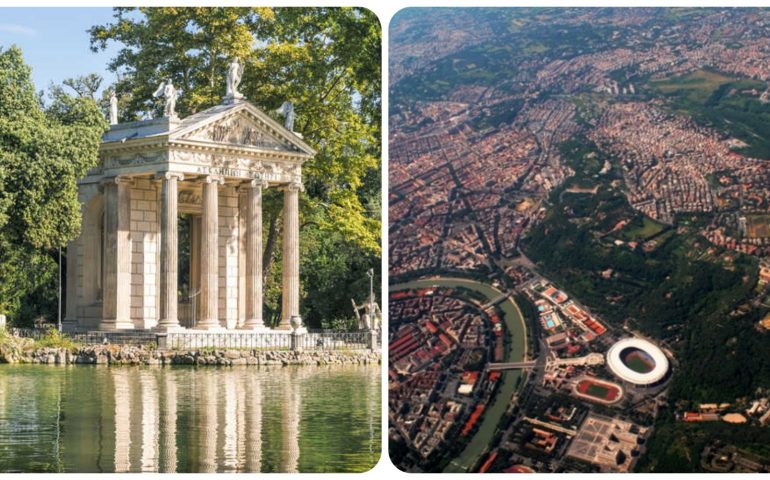
The numbers of the Ansa note say that the public green within the urban fabric is made up of urban parks, historic villas, public gardens, flower beds and green areas for furniture for a total of 3,932 hectares.
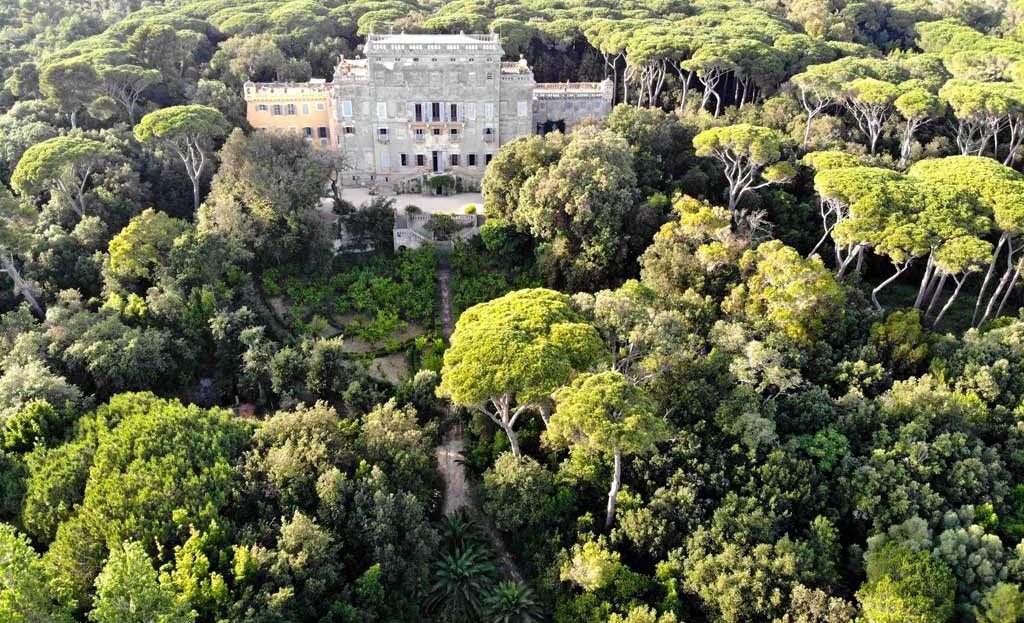
Then there are the Parks and Nature Reserves scattered among the suburbs until you get close to the center. Among the 18 protected areas, there are the Castel Fusano, the Insugherata, the Marcigliana Reserve, the Vejo Park and the Pineto Park, the Valle dei Casali, the Tenuta dei Massimi and the Monte Mario Reserve.
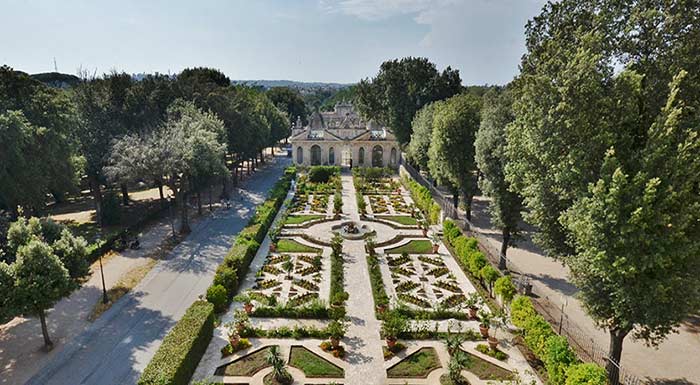
Rome is also the largest agricultural municipality in Europe with its 50,000 cultivated hectares. The Capitoline Administration itself directly manages two farms: the Tenuta del Cavaliere and that of Castel di Guido for a total of 2,300 hectares.
The public green area alone (consisting of urban greenery and protected natural areas) covers 470 sq km, for an average of over 150 sq m per inhabitant, and represents 35.7% of the entire municipal area.
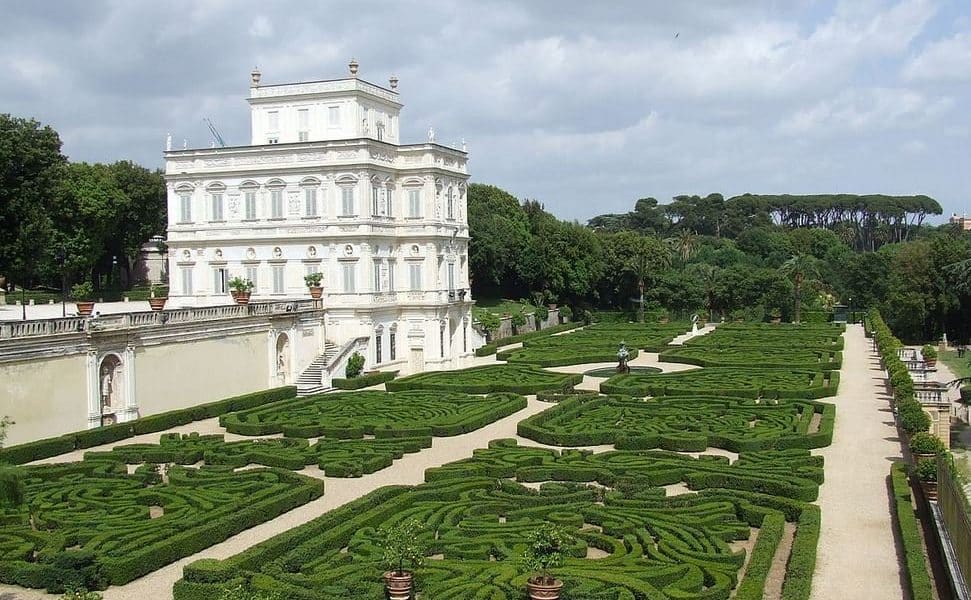
The green heritage is extremely diversified and complex, consisting of protected natural areas, urban green areas (historic villas, gardens, tree-lined roads, etc.), floodplains (Tiber, Aniene, tributary ditches) and agricultural areas.
As regards urban green areas, in 2020 the areas surveyed by the Land Registry and accessible by citizens according to the type of green area are 1,595 for a total of 42.7 million square meters (with the exception of the X Municipality). They are divided into: street furniture (3.1 million square meters), rest areas (1.8 million square meters), equipped green areas in the neighborhood (12 million square meters), historical archaeological green (5.7 million square meters), large urban parks (19.8 million square meters) and special green (259 thousand square meters), to which we must add the school green areas managed by the municipalities.
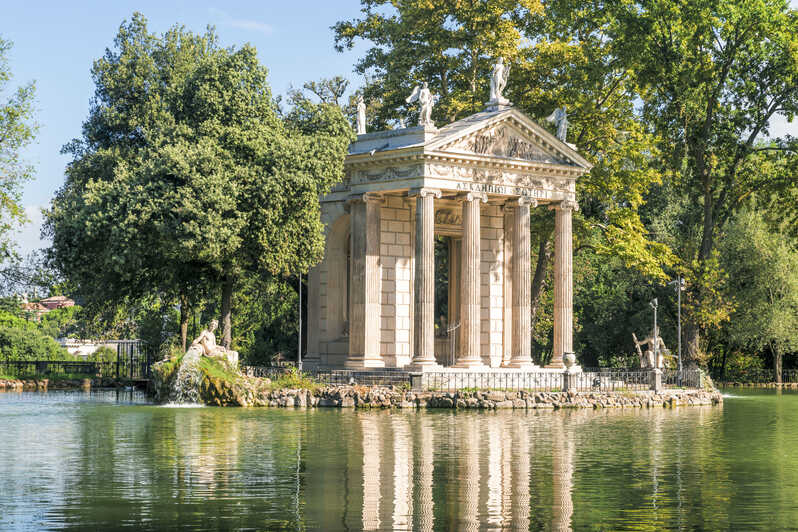
Within the green areas of Rome Capital, 374 play areas and 98 sports areas are also equipped.
The approximately 315 thousand trees (2016 Arboreal Budget) that fall under the responsibility of the Environmental Protection Department of Roma Capitale represent perhaps the most important heritage of public green, divided mainly between parks (54%), road trees (36%, for a total of 1,200 km of tree-lined rows) and schools (4%).
The floodplain areas, on the other hand, cover a total area of approximately 1,600 hectares. Finally, the agricultural areas of the Agro Romano cover an area of over 37,000 hectares: of these, 2,300 hectares relate to the farms of Tenuta del Cavaliere and Castel di Guido.
Visit the archaeological park of rome with us
